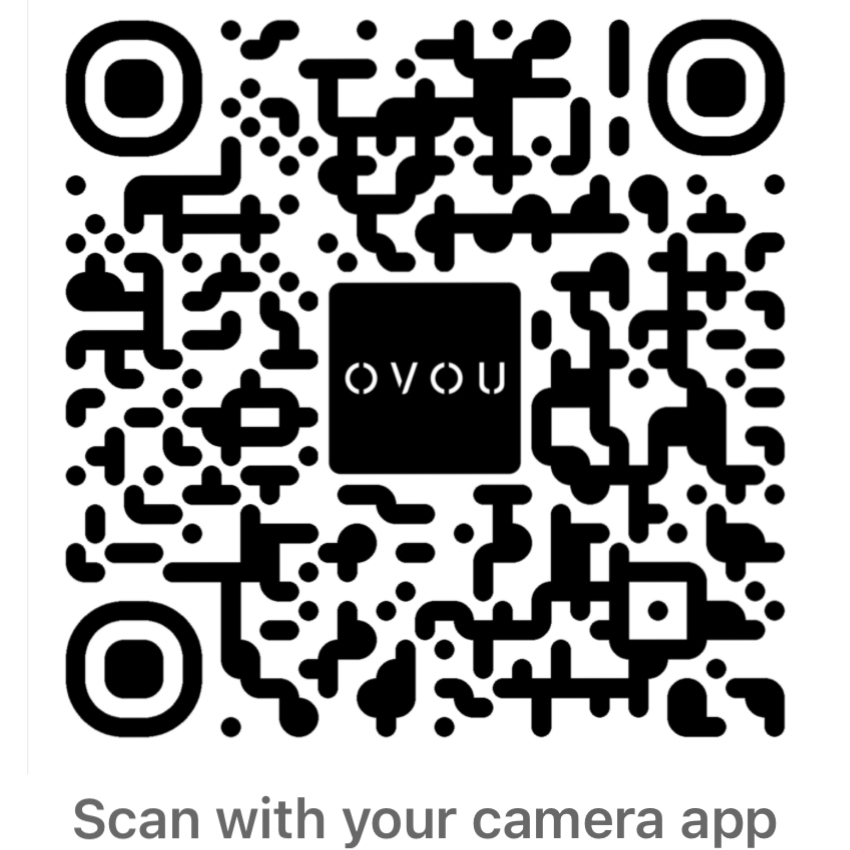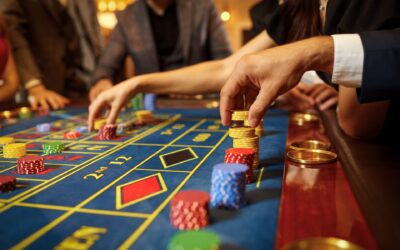#138 ©Copyright 1999, all rights reserved worldwide. Gambling and the Law® is a registered trademark of Professor I. Nelson Rose, Whittier Law School, Costa Mesa, CA.
I have seen the future, and it is — bingo.
The Bingo World Conference and Expo in Las Vegas is the show-place for the most established, and most innovative, ideas in how the game of bingo can be played.
At the March, 1999 trade show, it was still possible to find traditional paper bingo cards and pull-tabs. But the operative words among exhibitors were “electronic,” as in “electronic bingo systems” and “electronic bingo card manager,” “software,” “video,” “touchscreen” and “Internet.”
The competitive pressures can be as intense as in any other part of the gaming industry. In 1997 the Minnesota state lottery sold $373 million in tickets. It was reported that in that same year, pull-tabs sales in that one state totaled more than $1.2 billion.
The only thing preventing bingo from offering games as sophisticated as the most modern video slot machine is the law. And even that may be changing.
The law for most gambling operations is made on three levels: The legislature lays down the general guidelines; regulators fine-tune the rules; and the cop on the beat decides how the games will actually be played.
Most state legislatures have enacted laws allowing charities to offer bingo. Fortunately for the charities, legislators have only a vague idea of how the game is played.
Pity the bingo halls in a state where legislators try and define the game. In Wisconsin, for example, the bingo statute requires that the game be played with exactly “75 numbered objects,” players have cards with “5 rows of 5 spaces each, each space printed with a number from 1 to 75, except the central space, which is marked FREE’.”
The Texas statute is more typical:
” Bingo’ or game’ means a specific game of chance, commonly known as bingo or lotto, in which prizes are awarded on the basis of designated numbers or symbols conforming to numbers or symbols selected at random.”
A statute like that gives suppliers and operators room to be inventive. It is now up to regulators to decide where to draw the line.
It has been years since individual cardboard cards and beans were replaced with four- or six-to-a-sheet throw-away paper and ink daubers. But is there a law that says the bingo card has to be tangible? Wouldn’t an image on a video monitor work just as well, if not better?
The first change, fought in court battles in California and Texas, was the addition of electronic hand-sets, to help players keep track of their cards.
Of course, if an exact duplicate of a bingo card is in the memory of the hand-set, there is really no reason why the player has to have the paper original.
Electronic hand-sets not only allow players to keep track of far more cards at one time than they could ever do with daubing paper, they are also much better for record-keeping. Every card and ball inputted into the hand-set can be quickly matched with information in the hall’s master computer.
To avoid human error in inputting information and increase game security, hand-sets are often directly linked to the master computer.
Regulators were shown that the most error-free games are those where the linking works both ways and is continuous. As balls are drawn (or, even better, selected by a random number generator in the master computer) the information can be instantly down-loaded into the players’ terminals. The computers will then know with absolute certainly whether someone has won a game.
The U.S. Attorneys often act as the cop on the beat for Indian bingo games. Prosecutors did not like the idea that a player could put money into a machine and then sit back and wait until the machine, or another computer, decided if the player had won. This sounded more like a slot machine than bingo.
So manufacturers added little “buttons” on the video screens that read “Daub” and “Bingo.” Players who fail to press the “Daub” button after the numbered balls appear on their screens find their cards are not marked. And a player who fails to call “Bingo,” by touching the “Bingo” button when the screen lights up with “You Have A Winner,” does not win.
The latest twist came with the realization that winning bingo cards did not have to be displayed as bingo cards. By touching a button, players can add a video image of three reels or even a poker hand.
Linking electronic bingo terminals within a hall allows the game to be fast and more secure. But, linking terminals from many halls also allows the jackpot to grow into the million-dollar range.
If terminals can be linked from hall to hall, there is no reason, other than the law, that prevents a person from using their home computer to enter the game, via the Internet.
Paper pull-tabs have evolved in a similar manner. Vending machines can dispense the pull-tab, which can show symbols like a slot machine and be imprinted with a bar code. Machine now come with bar code readers. Players insert their paper tickets into a slot in the machine, pull a handle and watch three reels spin.
Regulators have approved the game, because the slot machine part is completely unnecessary. Players can find out if they have won by simply looking at the paper pull-tab.
Of course, pulling the handle and watching the reels spin is a lot more fun.
[Professor Rose can be reached at rose@sprintmail.com]END





0 Comments